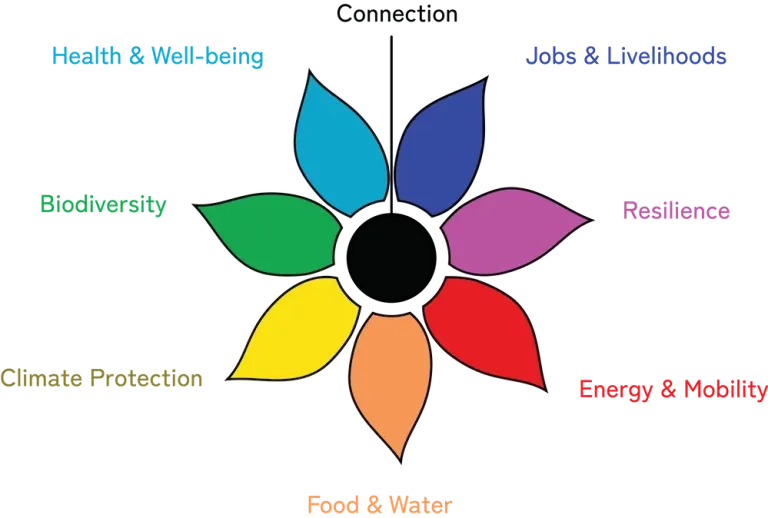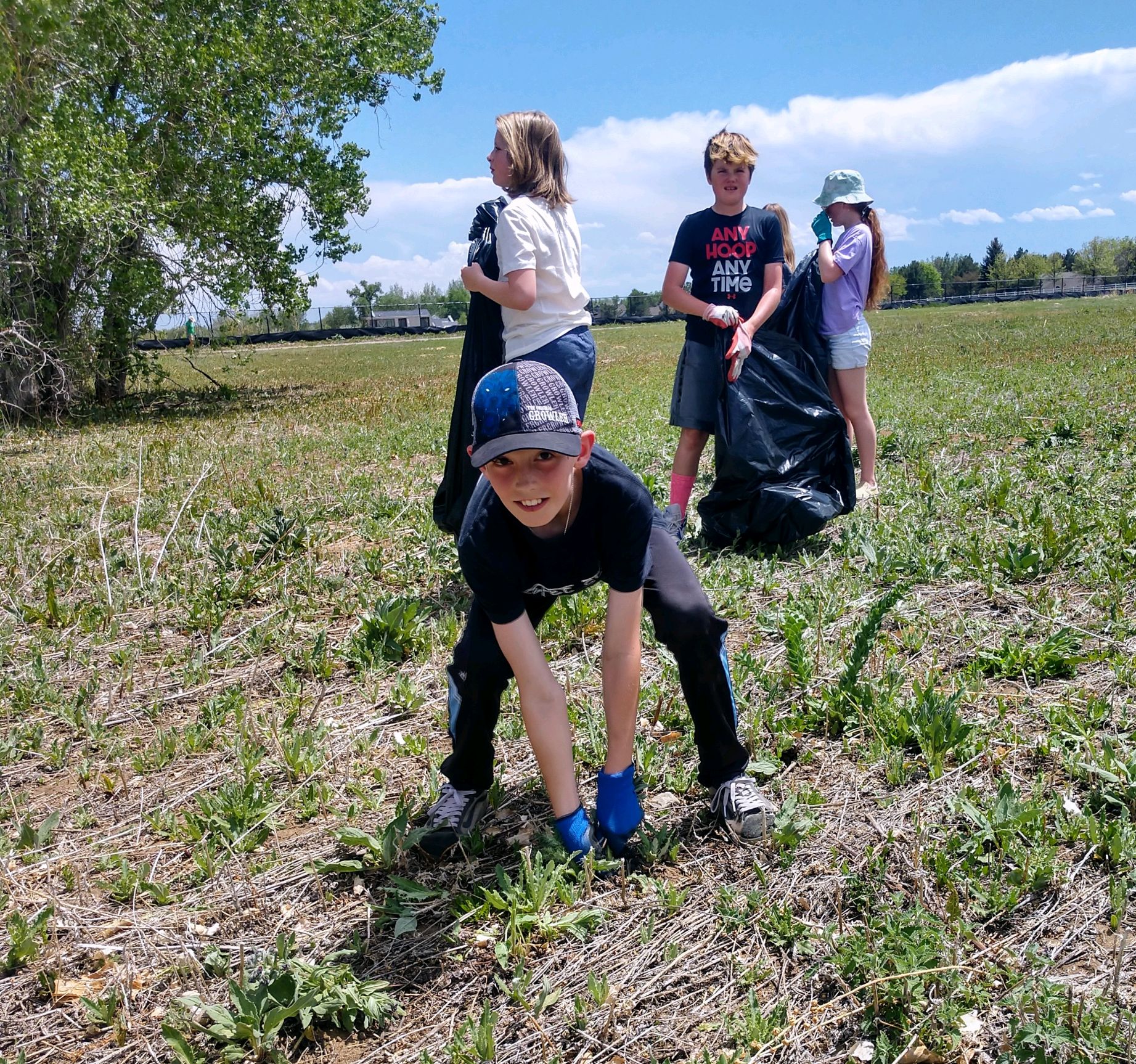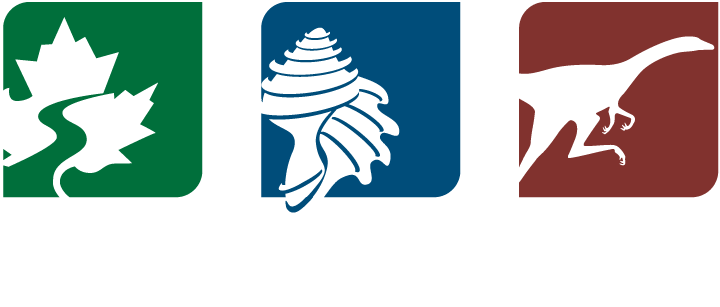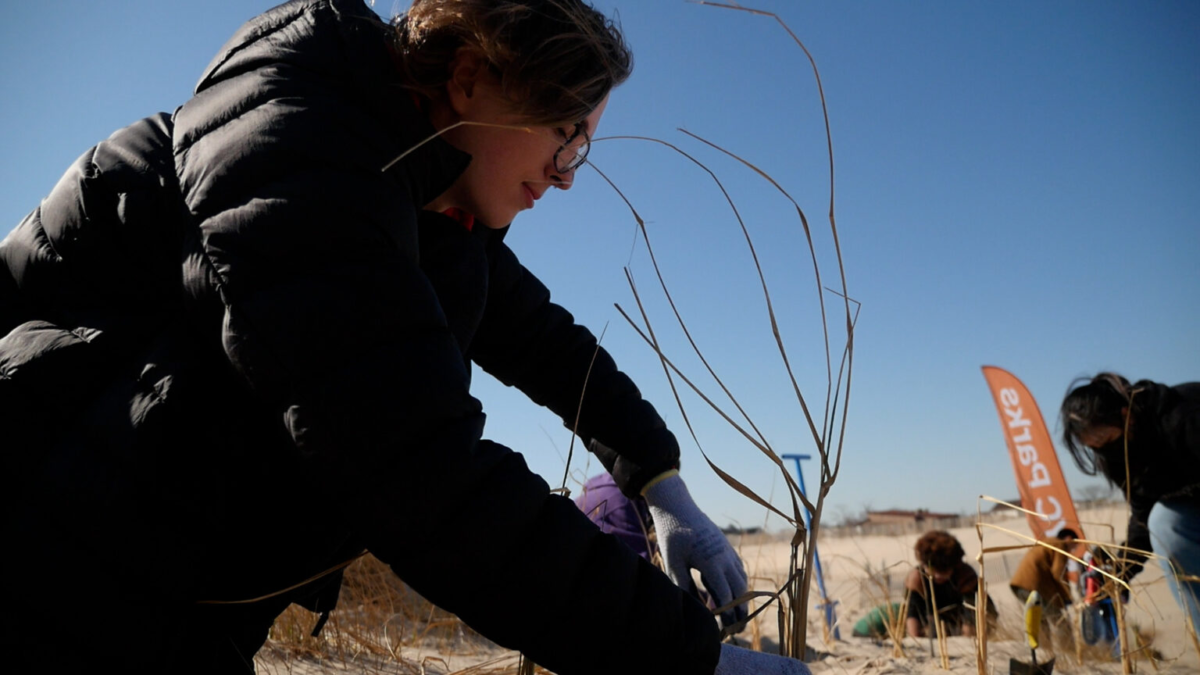Page snapshot: Descriptions and resources for engaging students in taking actions to address environmental problems in their communities.rite the page snapshot here.
Topics covered on this page: Engaging students in work that matters; Multisolving; Introduction to the cases & programs; Resources.
Credits: Funded by the National Science Foundation. Any opinions, findings, and conclusions or recommendations expressed in this material are those of the author(s) and do not necessarily reflect the views of the National Science Foundation. Page by Don Haas (2023)
Updates: Page last updated September 1, 2023.
Image above: Students helped plant hundreds of American beach grass stalks at Coney Island Creek Park to help stabilize dunes [Credit: Marlowe Starling].
Engaging students in work that matters
If you had a magic wand that would allow you to change one thing about the system of schooling, what would you change? Think about that for a moment (or longer!) before reading on.
If that magic wand was mine, I would have students working on things that matter to the world outside of school. Perhaps surprisingly, grasses provide many such opportunities. Around the country and around the world teachers and students are taking actions to boost the health of ecosystems by changing something about the grasses in their local environments. Restoring prairies enhances biodiversity, sequesters carbon, and beautifies and cools the environment. Planting dune grass has similar benefits and also reduces erosion and makes coastal areas more resilient to hurricanes and sea level rise. Pulling invasive cheatgrass reduces wildfire risk and allows for restoration of native habitats.
It is easy to start small. Reducing the amount of lawn in your schoolyard or your backyard, or simply skipping mowing for a month can help enhance the biodiversity in your yard. From one of these small steps, you can scale up efforts over time.

The Multisoliving Institute's FLOWER tool is used for exploring multisolving by creating diagrams for policies, actions, or investments that show the co-benefits created and explore how equitably those benefits are shared. Learn more and download resources here. FLOWER is an acronym for Framework for Long-Term, Whole-System, Equity-Based Reflection.
Multisolving
The work students are doing takes many forms. It often involves the removal of non-native grasses and replacing them native grasses. Most are examples of multisolving. Multisolving uses one investment of time, money, or effort to address multiple problems at the same time. Of course, multisolving strategies are relevant to a huge array of problems. As you work with grasses in addressing problems, consider where else you might apply the general strategy.
The cases and programs described here are intended to serve as examples of what is possible for students to do to solve environmental problems in their communities. Some of the examples may be directly relevant to what could be done in your community. Others can be seen as examples of the scale and nature of things students can do. While only a limited number of communities have problematic cheatgrass or dunes that need to be protected from erosion, all communities can benefit from students working on environmental problems. And, backyard or schoolyard wildlife habitats can be developed anywhere.

Fifth grade students remove cheatgrass from local open space land in Louisville, CO. (Photo used by permission, Tiffany Boyd, C4CA)
Introduction to the cases
In the next few pages, we will describe projects where students are working to address environmental problems in their communities. All of the problems involve grasses in some substantial way.
The cases are:
- Shrinking or Replacing Lawn: Backyard & Schoolyard Wildlife Habitats
- Engaging in Fire Mitigation: Pulling Cheatgrass
While some projects, like pulling invasive plants, could be done in a single outing with students, a longer course of action will both be more educational for the students, and more beneficial for the environment.
Every journey starts with a single step. Consider what you and your students have the capacity to achieve, and work to grow projects from year to year. You might identify that single day activity to start if you have not done anything like this with students before. It will also be easier and more enjoyable if you join together in the effort with other classrooms, or with community groups or nonprofits. And, if you’re doing something that changes the schoolyard, be sure to engage the people who maintain the grounds as well as the school administration and members of the PTA.
You might also start with your own backyard, if you have one. If you do not have a yard of your own, there may be a community garden that would be interested in providing space and other support. Either of these options allows you to try things out on your own before bringing it to the larger project. It also provides an opportunity to teach by example.
Resources
Web resources
Resources from the Multisolving Institute include FLOWER: the Framework for Long-Term, Whole-System, Equity-Based Reflection, case studies, and videos. You can also subscribe to their newsletter from this page.
- Multisolving Institute. “Resources from the Multisolving Institute.” Accessed September 1, 2023. https://www.multisolving.org/resources/.
NYC Students Make ‘Shore’ Coney Island Is Safe from Storms by Planting Grasses is a news report with embedded video about students planting beach grass for erosion control.
- Starling, Marlowe. “NYC Students Make ‘Shore’ Coney Island Is Safe from Storms by Planting Grasses.” Scienceline, May 30, 2023. https://scienceline.org/2023/05/nyc-students-make-shore-coney-island-safe-from-storms-by-planting-grasses/.
Scientific articles & abstracts
- Boyd, Tiffany, Jessica Bean, and Melissa Braaten. “Integrating Climate Action Across the K-5 Curriculum: Climate Science, Climate Justice, and Climate Solutions.” San Francisco, CA: The American Geophysical Union, 2023.



